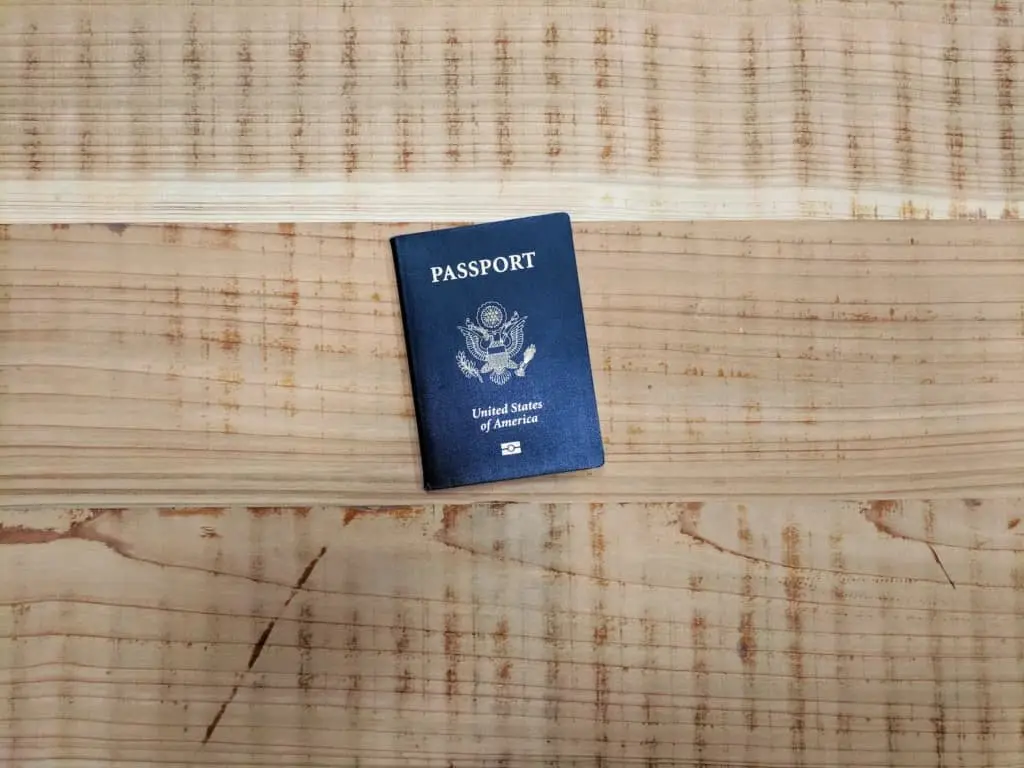
How can a UK resident get a US work permit?
This page has been reviewed and verified by Michael Gibbons, UK Solicitor and Regulated Immigration Advisor, to ensure accuracy under current immigration policy. Confirm application steps via Our UK Visa Guidance.
Focus phrase: How can a UK resident get a US work permit.
UK residents who want to work in the United States typically need an employment-based non-immigrant visa. These visas allow you to live and work in the US for a specific employer and period. The process usually involves a US employer sponsoring you, approval of a petition by USCIS, and visa stamping at a US Embassy/Consulate before entry.
Choose the Right US Work Visa Category
Your first step is identifying the visa that matches your role and profile. Common categories include:
- H-1B (Specialty Occupations): Graduate-level roles requiring at least a bachelor’s degree (or equivalent). Subject to an annual cap/lottery unless the employer is cap-exempt.
- L-1 (Intra-company Transfer): For managers/executives (L-1A) or employees with specialized knowledge (L-1B) transferring to a related US entity after at least 1 continuous year abroad with the group.
- O-1 (Extraordinary Ability/Achievement): For individuals who can evidence sustained national or international acclaim in fields such as science, business, arts, or athletics.
- E-2 (Treaty Investor/Employee): For nationals of treaty countries (includes the UK) investing in or working for a company with substantial UK ownership that has invested in the US.
- E-3 (Australians only), TN (Canadians/Mexicans), and other niche categories may apply in specific circumstances.
For an overview of US pathways, see our United States Visas hub.
Secure a US Employer Sponsor
Except for certain investor routes (E-2 principal investors), most visas require a bona fide job offer from a US employer who will act as your sponsor. Agree job title, duties, location, and salary that meet the category’s requirements (e.g., prevailing wage for H-1B).
Employer Files the Petition with USCIS
- H-1B/H-1B cap: Employer registers you in the cap (if applicable), then files Form I-129 with supporting evidence after selection.
- L-1/O-1/E-2 employees: Employer (or US company) files the appropriate petition/evidence package. Some E-2 cases are filed directly at the Consulate.
- Premium Processing: Many categories allow an optional fee for expedited USCIS adjudication.
Apply for the Visa at a US Embassy/Consulate
Once the petition is approved (or where direct consular filing is allowed), complete your DS-160 online application, pay the MRV fee, and schedule your biometrics and interview at a US Embassy/Consulate (e.g., London, Belfast, or the post where you lawfully reside). Prepare to show:
- Valid passport (with sufficient validity)
- Approved petition notice (if relevant) and confirmation pages
- Employment contract/offer letter and role description
- Qualifications, CV, and experience evidence
- Company support letters and corporate documents (varies by category)
After approval, the visa is placed in your passport for travel. At the US border, CBP issues an I-94 record noting your authorized status and end date.
Dependants and Family
- H-4 for H-1B family members (certain H-4 spouses may apply for work authorization if the H-1B principal meets set conditions).
- L-2 spouses are generally authorized to work incident to status.
- E-2 dependants may be eligible for work authorization after arrival.
Timelines and Practical Tips (2025)
- Plan early: H-1B cap registration is typically in March for an October start.
- Check consular wait times: Interview availability can vary; consider posts where you are resident.
- Maintain status: Work only for your sponsoring employer; changes in employer, location, or role may require an amended petition.
- Social Security & I-9: On arrival, apply for a Social Security Number (if needed) and complete Form I-9 with your employer.
Alternatives to Consider
- O-1 if you have a strong portfolio/awards and can meet the extraordinary ability criteria.
- E-2 if you (or a UK-owned company) will make a substantial investment and you are a UK national.
- J-1 exchange/trainee or F-1 OPT (for US graduates) can provide limited work options in specific contexts.
Common Mistakes to Avoid
- Assuming you can work on ESTA — you cannot. ESTA is for short visits/transit only. See our guidance on transiting the USA from the UK.
- Starting employment in the US before your visa and status are granted.
- Failing to update petitions when duties, location, or employer change.
- Insufficient evidence for specialized roles (H-1B), intracompany eligibility (L-1), or achievements (O-1).
Frequently Asked Questions
Do I need a job offer to get a US work visa?
In most cases, yes. A US employer must sponsor you and file a petition with USCIS before you can attend your visa interview.
How long does it take?
Timelines vary. Factor in petition preparation, USCIS processing (premium processing may speed this), consular appointment wait times, and passport return. H-1B cap cases follow a fixed annual cycle.
Can I switch employers in the US?
Often yes, but the new employer must file its own petition before you start work. Always take legal advice before changing roles or locations.
Can I enter the US on ESTA and then “convert” to a work visa?
No. ESTA/visitor status does not permit work, and you cannot “switch” to most work categories from ESTA. Apply for the correct visa from outside the US.
Related Guidance
- United States Visas – routes and categories
- Do I Need a Visa to Transit Through the USA from the UK?
- How to Submit a Visa Application
About This Page
Author: UK Visa Applications Editorial Team
Reviewed by: Michael Gibbons, UK Solicitor and Regulated Immigration Advisor
Last Updated: October 2025
Did this advice help?
Is there anything wrong with this page?
If so let us know!